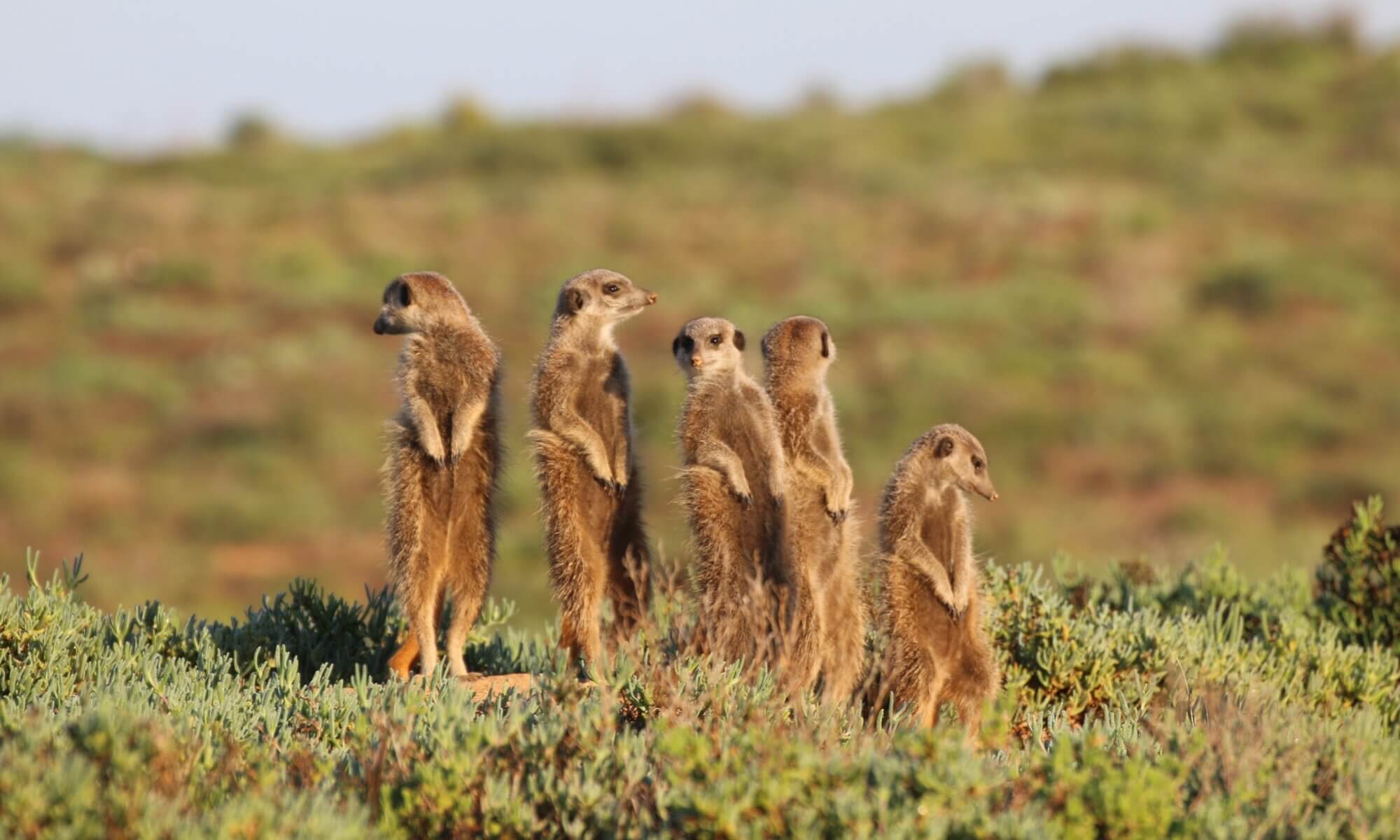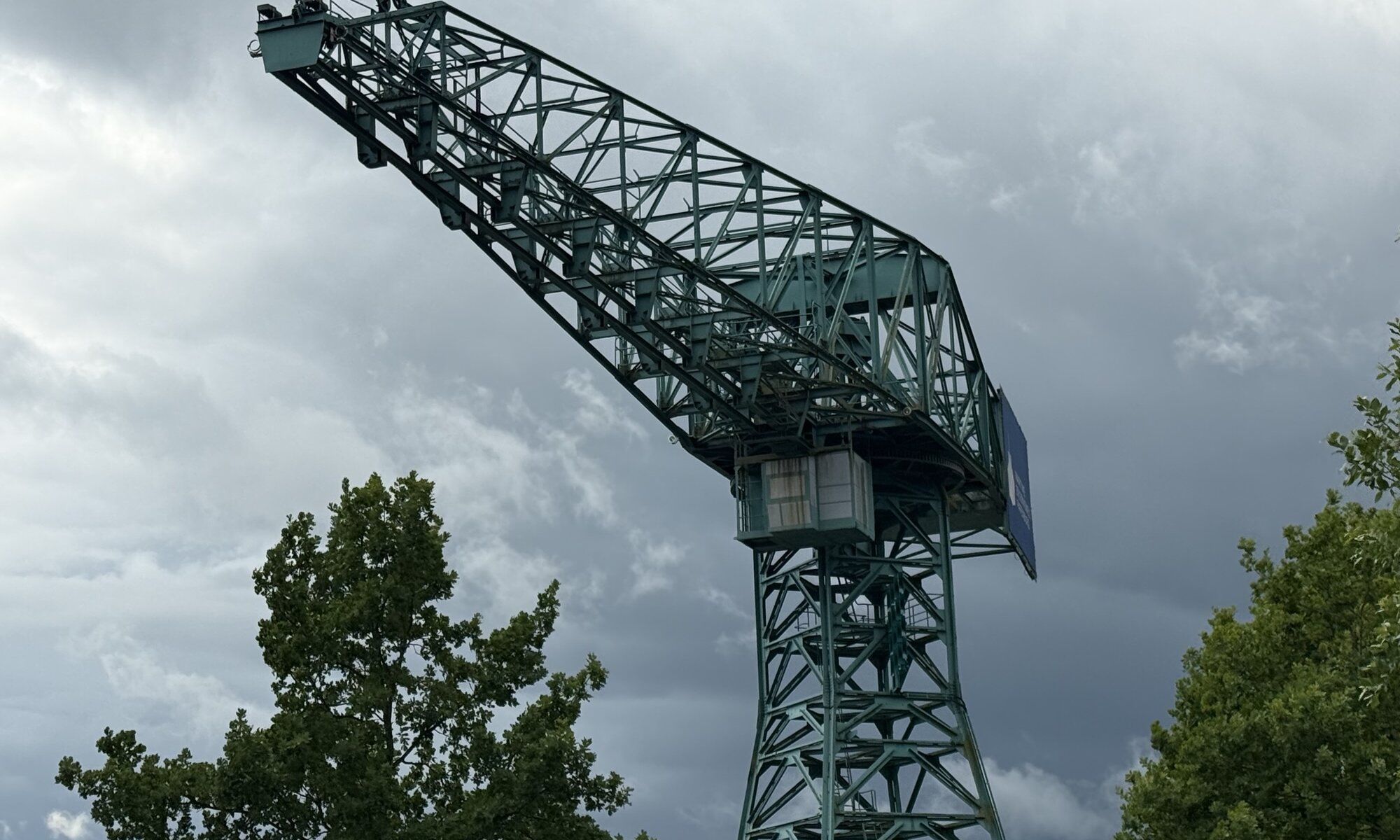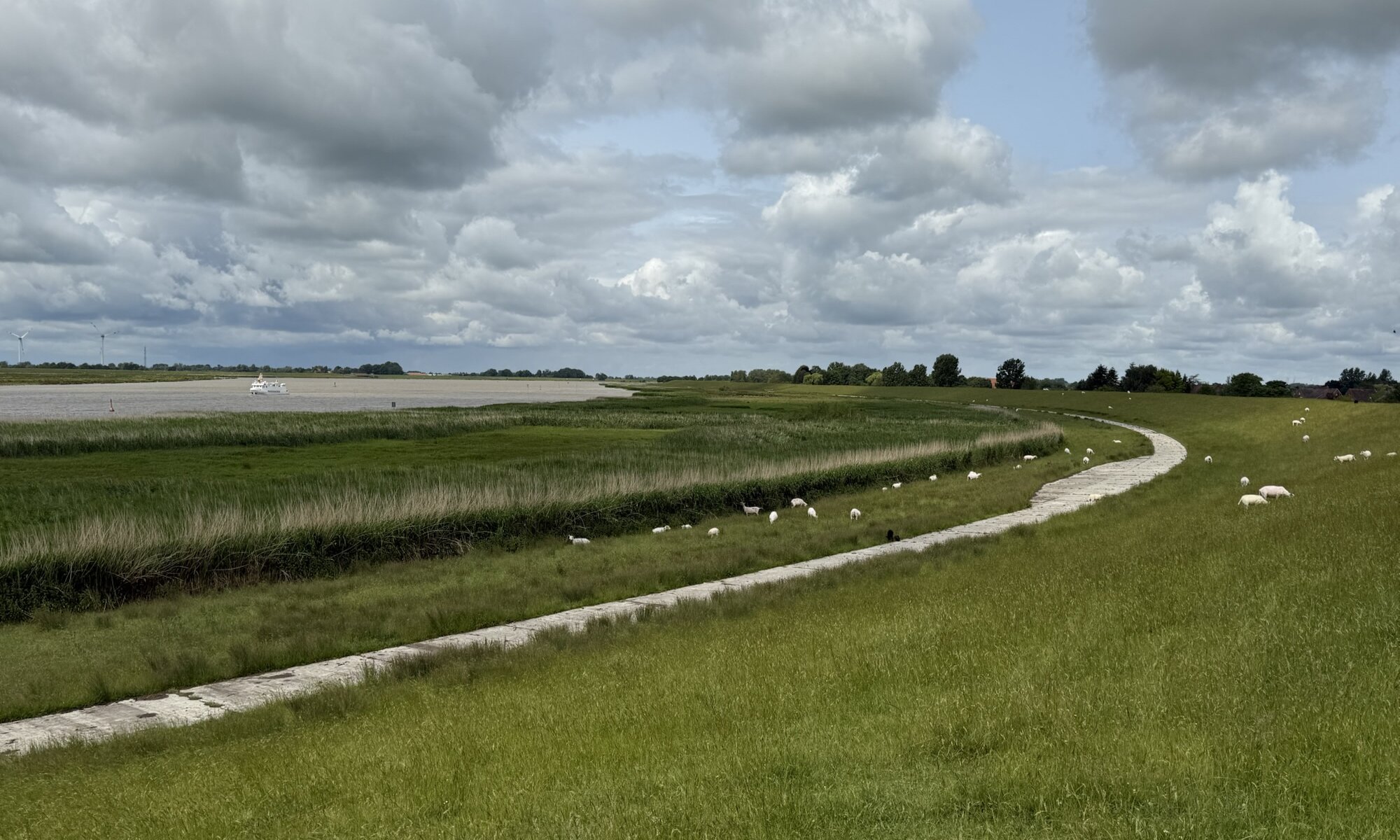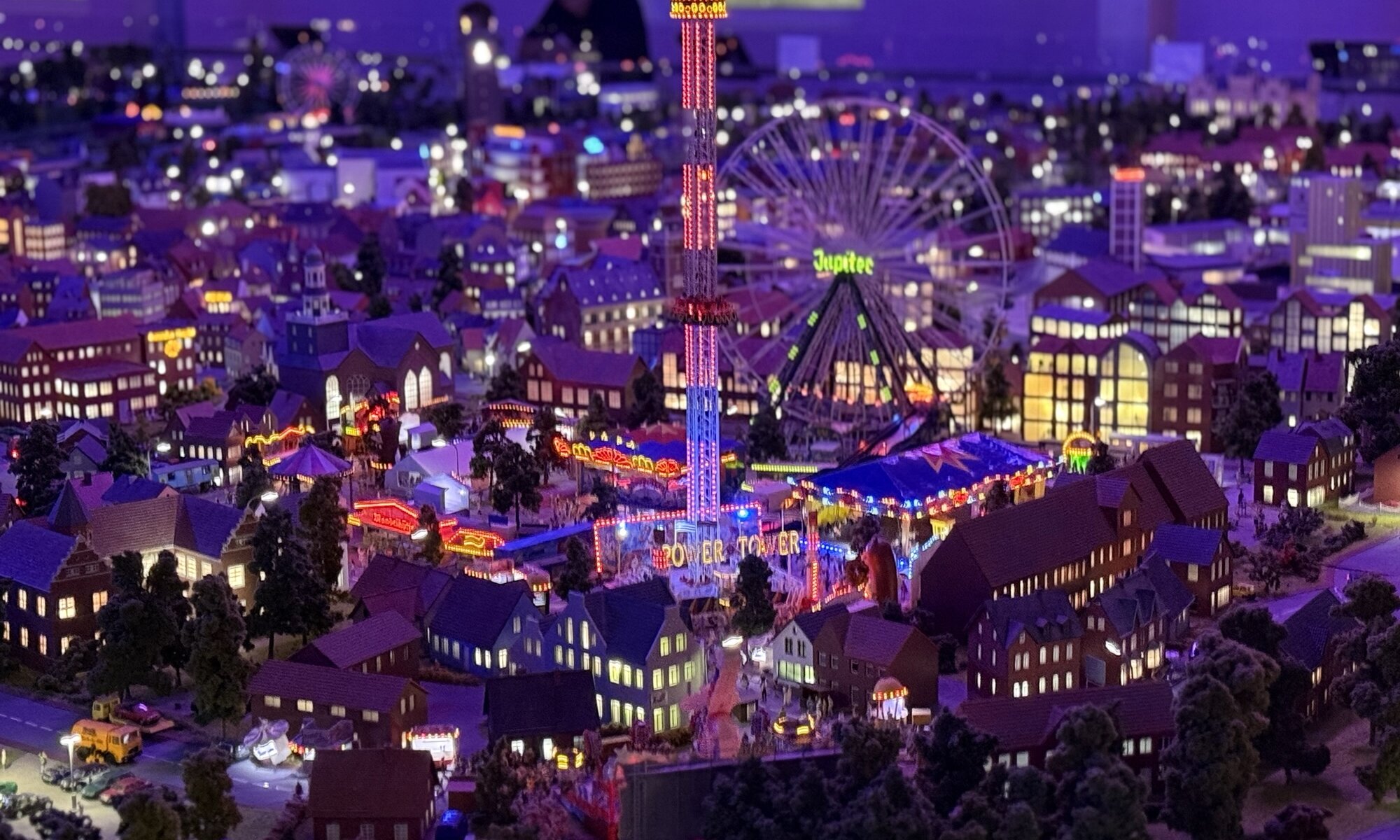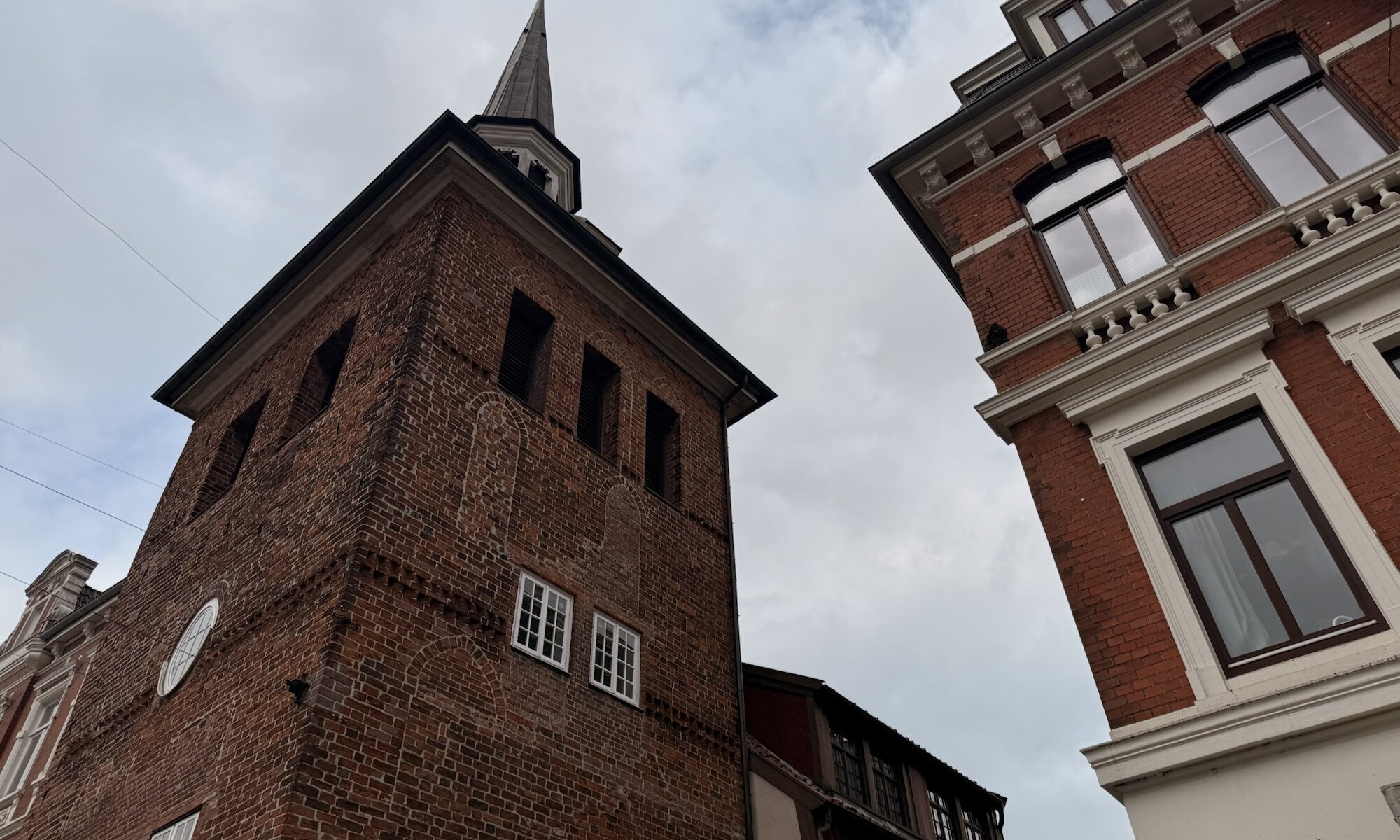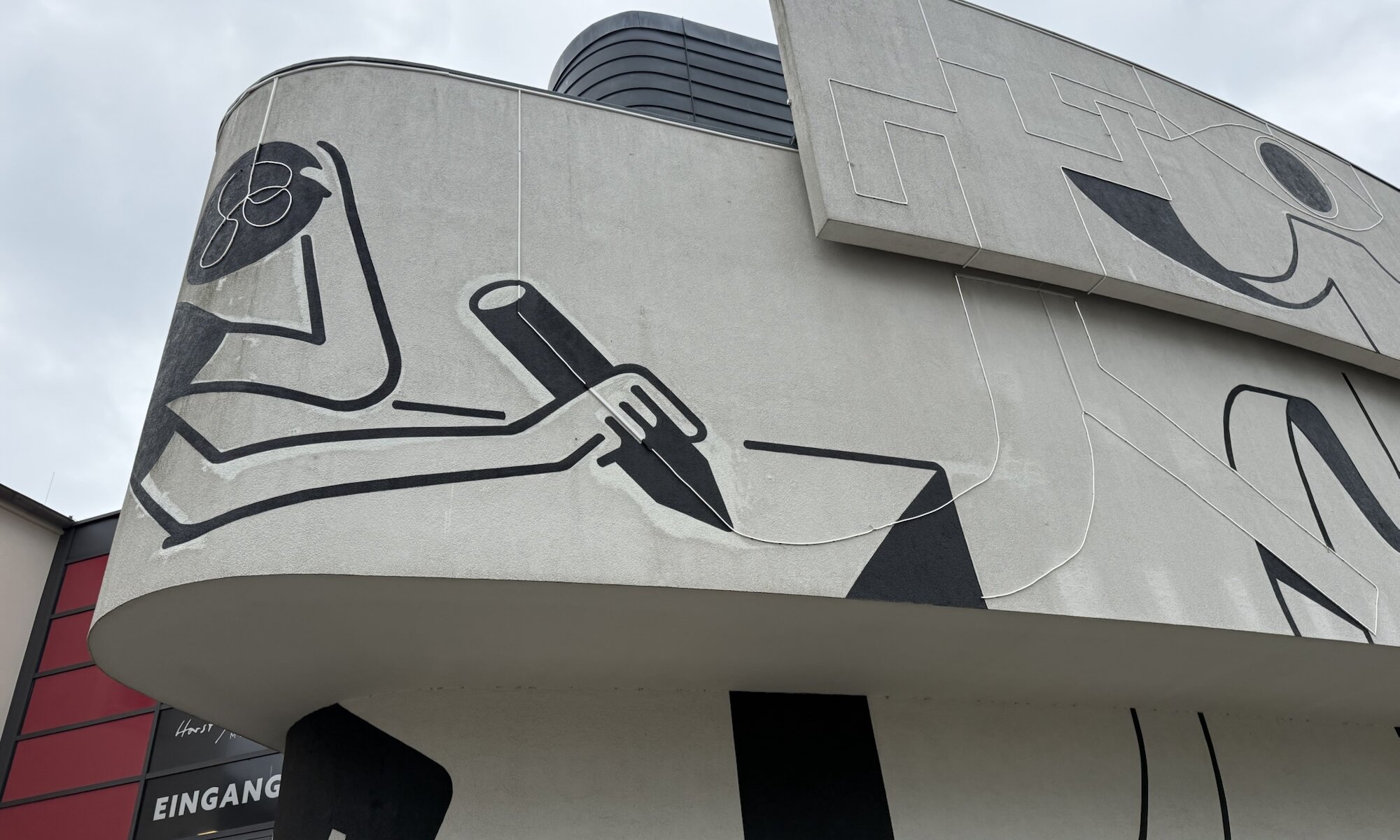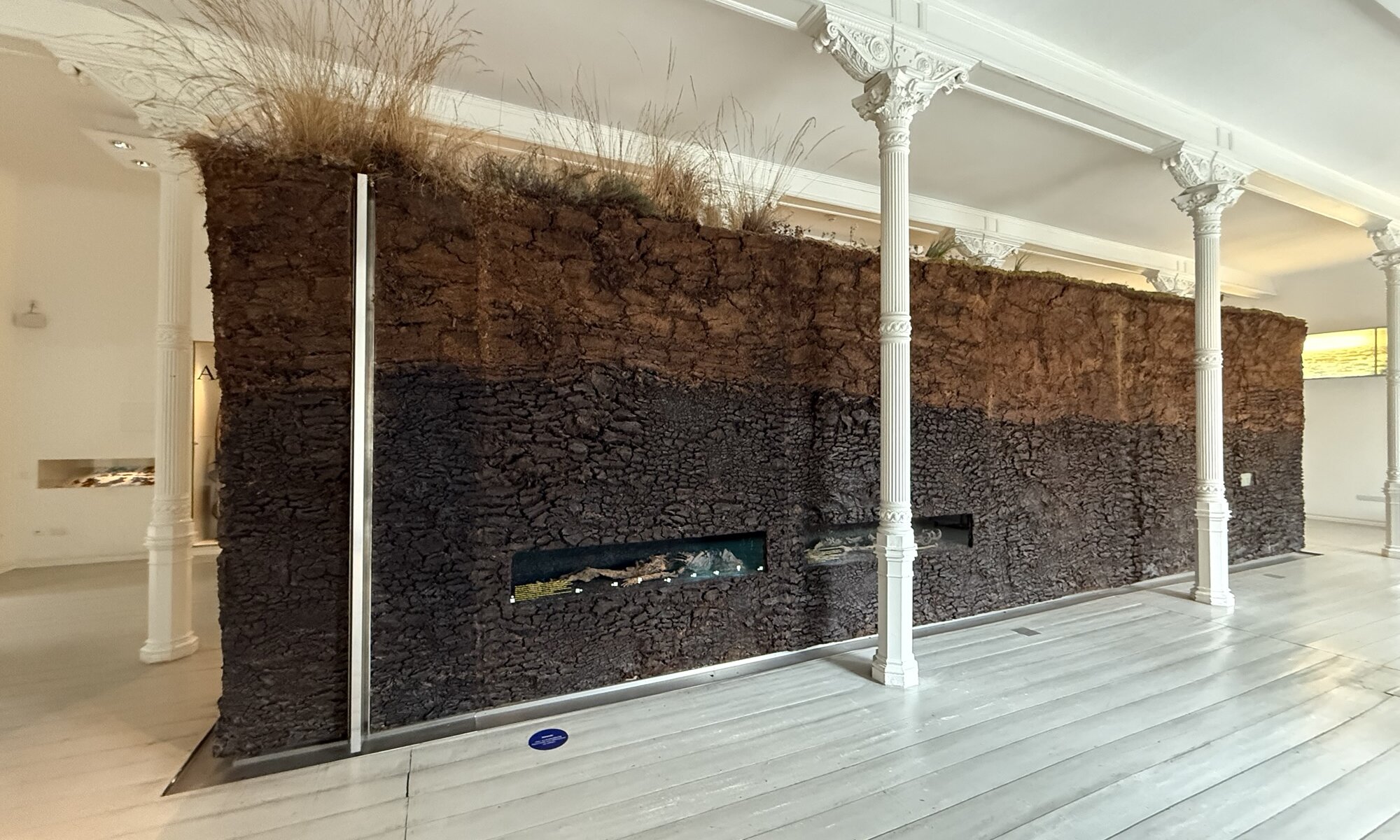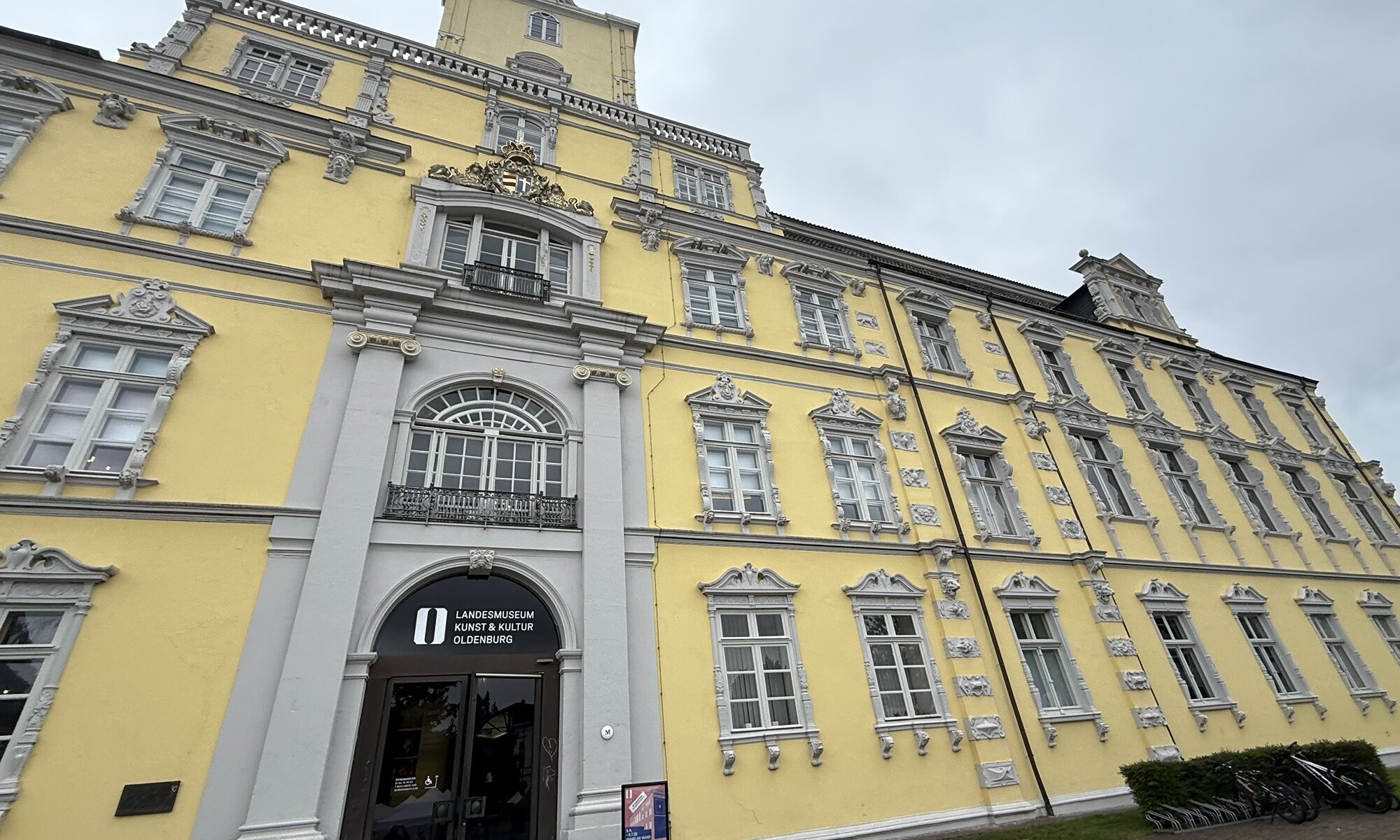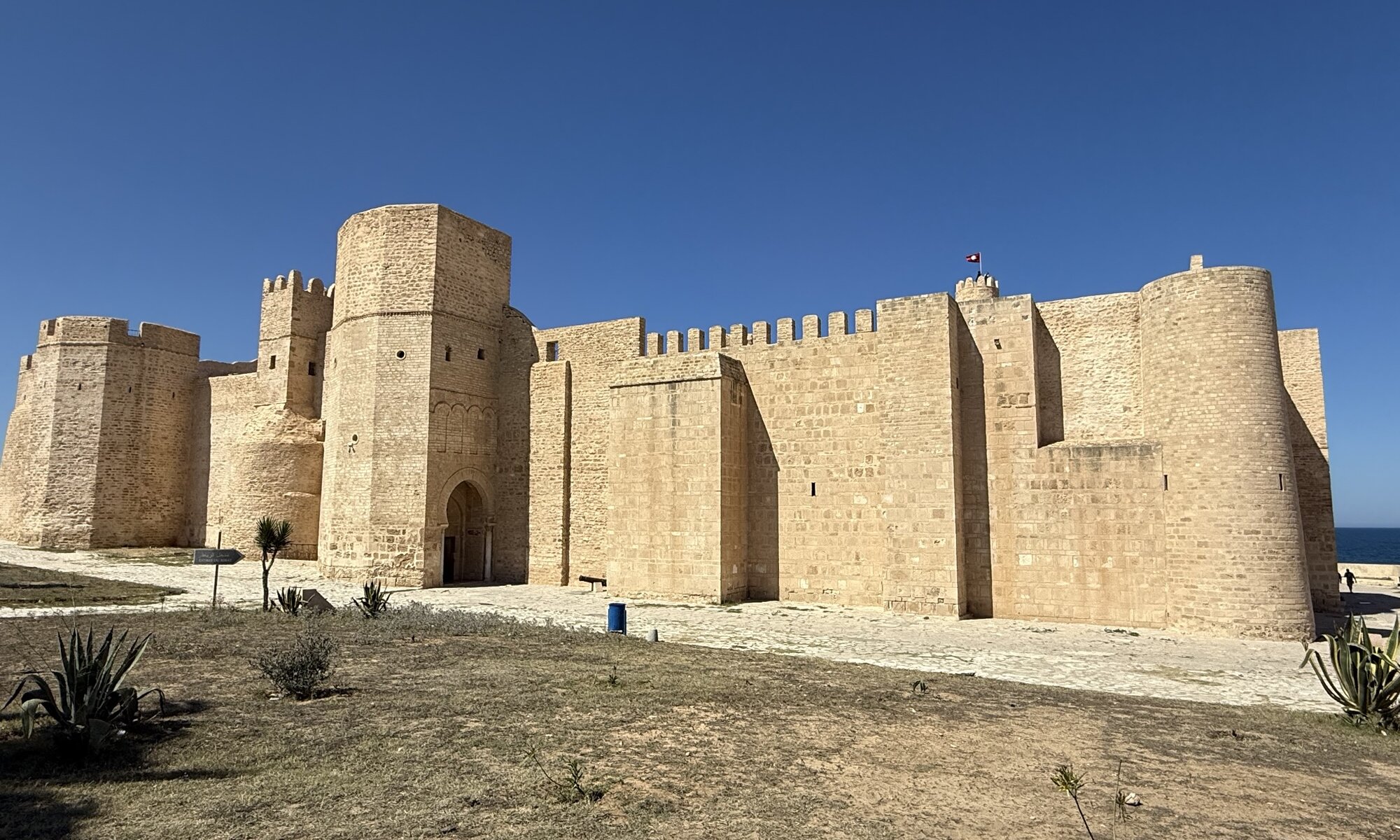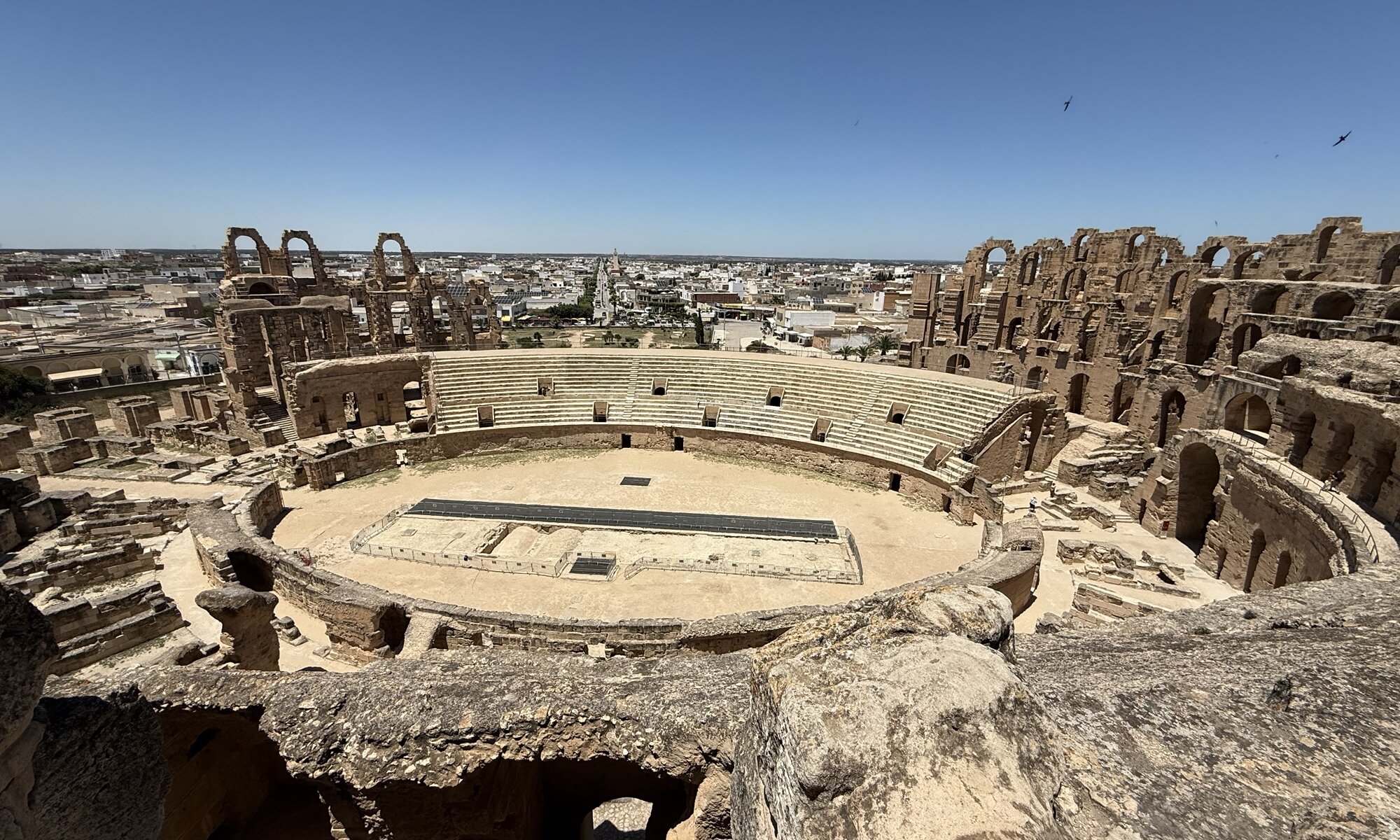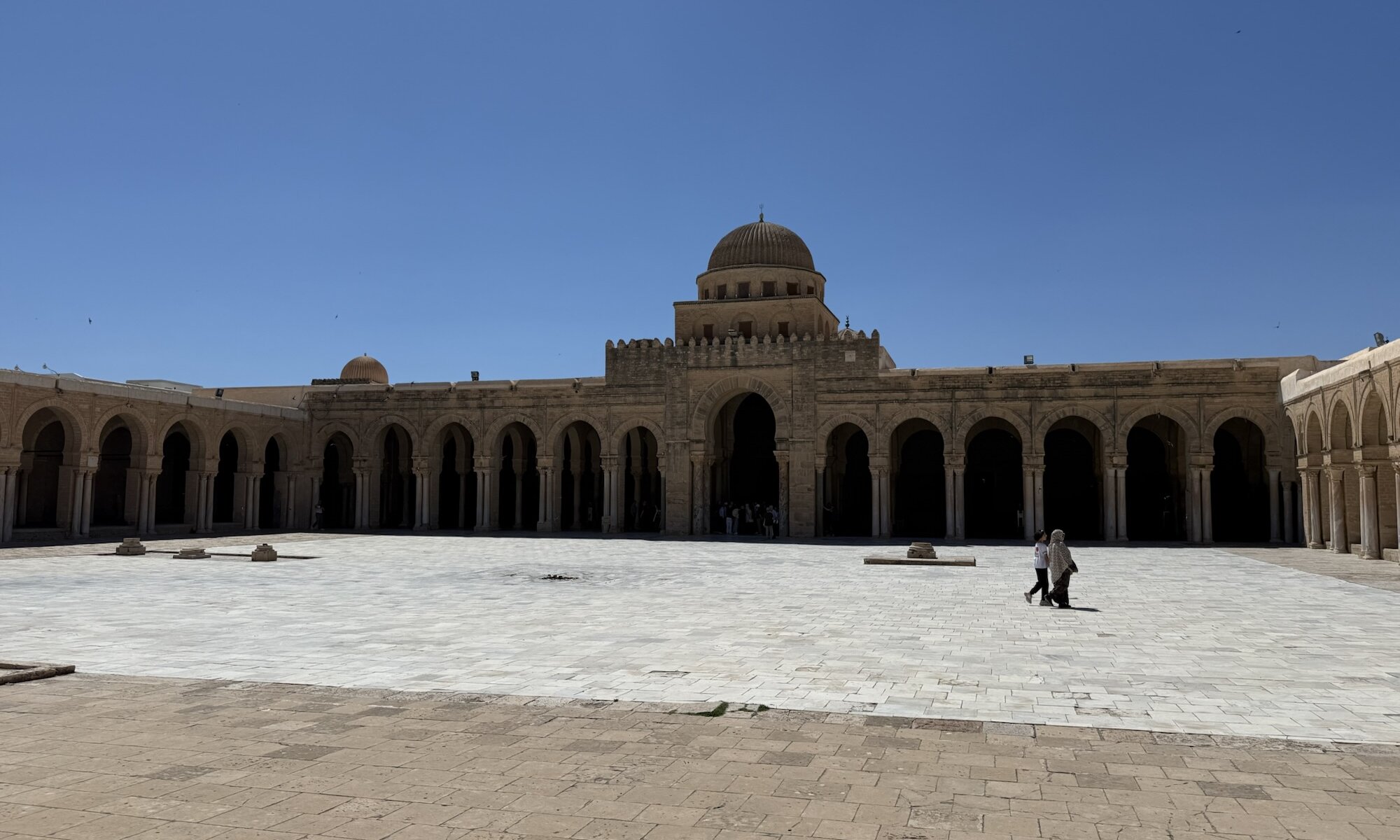Nestled in the heart of Papenburg, the Maritime Erlebniswelt offers an immersive journey through the city’s unique transformation from a moorland settlement to a renowned center of shipbuilding. The museum is located on the historic grounds of the old Meyer-Werft, and its three floors vividly narrate Papenburg’s evolution, highlighting its origins as Germany’s oldest and longest fen colony and its development into a major industrial hub. Visitors are introduced to the city’s rich maritime heritage, with engaging exhibits that bring to life the challenges and achievements of generations who shaped Papenburg’s identity.
Continue reading “Learning journey”Tor Ostfrieslands
Leer, often called the ‘Gateway to East Frisia‘, is a charming town in northwestern Lower Saxony, Germany, nestled between the rivers Leda and Ems and just a short distance from the Dutch border. Its strategic location has made it a crossroads of cultures and commerce for centuries, and today it stands as a vibrant blend of history and modern life, with about 35,000 inhabitants. The town’s origins trace back over 1,200 years, with archaeological evidence of settlements as early as 3200 BC, and its first chapel built by Saint Ludger in 791 AD marked the beginning of Christian influence in the region.
Continue reading “Tor Ostfrieslands”Miniaturland
The Leeraner Miniaturland is a captivating destination for anyone interested in model landscapes and regional culture. Spread across more than 1,500 square meters, the exhibition brings the essence of northwestern Germany to life in intricate detail. Visitors can explore miniature versions of Ostfriesland, Oldenburg, Bad Zwischenahn, the Ammerland, and even Berlin, all crafted at a 1:87 scale. The models showcase not just buildings and landmarks, but also lively scenes featuring moving trains, cars, ships, and over 130 interactive elements that visitors can control themselves.
Continue reading “Miniaturland”Oldenburg in Oldenburg
Oldenburg’s roots stretch back to the early Middle Ages, with archaeological finds dating its first settlements to the 7th or 8th century. The city was first recorded as ‘Aldenburg’ in 1108, when it was a strategic fortress on a trade route between Bremen and Frisia. Over the centuries, Oldenburg grew in importance, becoming a seat of power for the Counts of Oldenburg, and later, through dynastic ties, influencing the thrones of Denmark, Norway, and Sweden. The city endured periods of prosperity and hardship, including devastating fires and Danish rule, before emerging as a vibrant regional center. Today it is the third largest city in the German federal state of Lower Saxony.
Continue reading “Oldenburg in Oldenburg”Janssen
The Horst-Janssen-Museum in Oldenburg is a cultural highlight for anyone interested in the graphic arts and the complex life of one of Germany’s most celebrated artists. Opened in 2000, the museum is dedicated entirely to Horst Janssen, offering a comprehensive look at his artistic legacy across 1,000 square meters of exhibition space. Visitors encounter a diverse array of his works – drawings, etchings, wood engravings, lithographs, posters, and illustrations – arranged thematically to reflect the many facets of his creativity. The museum also features a reconstruction of Janssen’s studio, providing a vivid sense of his working environment and personal world.
Continue reading “Janssen”Mensch und Natur
The Landesmuseum Natur und Mensch in Oldenburg is a fascinating destination for anyone interested in the interplay between people and the natural world. Housed in one of Germany’s oldest museums, its exhibitions focus on the diverse landscapes of the region, from moorlands to marshes and the Geest. Visitors can explore permanent displays that highlight the natural habitats for local flora and fauna, as well as the ways humans have shaped and adapted to these environments since the Stone Age. The museum also features an aquarium showcasing the underwater world of the Hunte river and a mineral vault with precious stones and minerals.
Continue reading “Mensch und Natur”Schloss Oldenburg
The Schloss at Oldenburg is a striking example of Renaissance architecture, built primarily in the early 17th century on the site of a medieval lowland castle dating back to around 1100. The transformation into a residential mansion was initiated by Count Anton Günther of Oldenburg, who modeled it after Italian palazzi, resulting in a four-wing complex with Renaissance-style façades adorned with sculptural details. Over the centuries, later rulers added elements of Classicism and Neorenaissance, giving the Schloss a rich architectural layering that reflects its long history as a seat of power and culture in the region.
Continue reading “Schloss Oldenburg”Ribat
The Ribat de المنستير is a remarkable example of early Islamic military architecture, built in 796 AD by the Abbasid governor Harthama ibn A’yan during the Muslim conquest of the Maghreb. It stands as the oldest ribat constructed by the Arab conquerors and remains one of the most prominent historical monuments in Monastir, Tunisia. Originally designed as a fortress to protect the coastal region, the structure features a quadrilateral layout that was expanded over centuries, incorporating circular and polygonal towers to enhance its defensive capabilities. The ribat also includes two mosques and small rooms used by warrior monks for prayer and meditation, reflecting its dual military and religious functions.
Continue reading “Ribat”El Jem
The Amphithéâtre de El Jem, located in modern-day Tunisia, is an extraordinary example of Roman architecture in Africa, built around 238 AD. It stands out as one of the largest and best-preserved Roman amphitheatres, capable of holding about 35,000 spectators. Unlike many amphitheatres built into hillsides, El Jem’s structure is free-standing on flat ground, supported by a sophisticated system of arches and stone blocks without foundations. Its elliptical shape measures roughly 148 by 122 meters, and it features three levels of arcades with Corinthian or composite columns, reflecting a high level of architectural accomplishment for its time. The arena also includes subterranean facilities for animals and gladiators, accessed through trap doors, demonstrating advanced engineering.
Continue reading “El Jem”Kairouan
القيروان, founded around 670 AD by the Umayyads during Caliph Mu’awiya’s reign, is a historically significant city in Tunisia and the Maghreb. It was the first Muslim city established in this region and quickly became a major center of Arab-Muslim civilization. For five centuries, Kairouan served as the capital and a vibrant hub of culture, education, and religion, reflecting the early development of Islamic architecture and urbanism. Its medina, with over a hundred monuments, narrow winding streets, and traditional souks, remains a living museum of Islamic art and history.
Continue reading “Kairouan”